Choosing what type of cannabis to grow is a decision only you can make, but it must be an informed decision. You need to know the ins and outs of the cultivar you are growing: its characteristics, idiosyncrasies, and cultivation needs and methods; essentially, its pros and cons. Be sure to choose the right genetic cultivar for your specific environment.
Sativa is a fantastic subspecies of cannabis and grows outstandingly outdoors. However, it is very problematic indoors and has many negative, undesirable characteristics; it can be particularly difficult to work into an indoor symbiotic rotation (but it can be done; see chapter 3). Sativas grow tall, with large internodal distances that produce airy, loose flowers that can take 8 to 16 weeks to mature.
Indica is also an incredible subspecies of cannabis. It can be finicky and sometimes slightly difficult to cultivate to its full potential, and usually yields low to medium harvests, but is very high in tetrahydracannabinol (THC). Trichome Technologies’ version of indica-dominant cultivar G-13 was tested by the University of Mississippi’s Mahmoud ElSohly (ElSohly Laboratories, Inc.) and he found 27.2% THC. I love pure indicas—the potent smells and flavors vary from spicy to fruity and are excellent for producing hashish and hashish oil.
Old School Genetics

Dried cola from an Afghani Red.
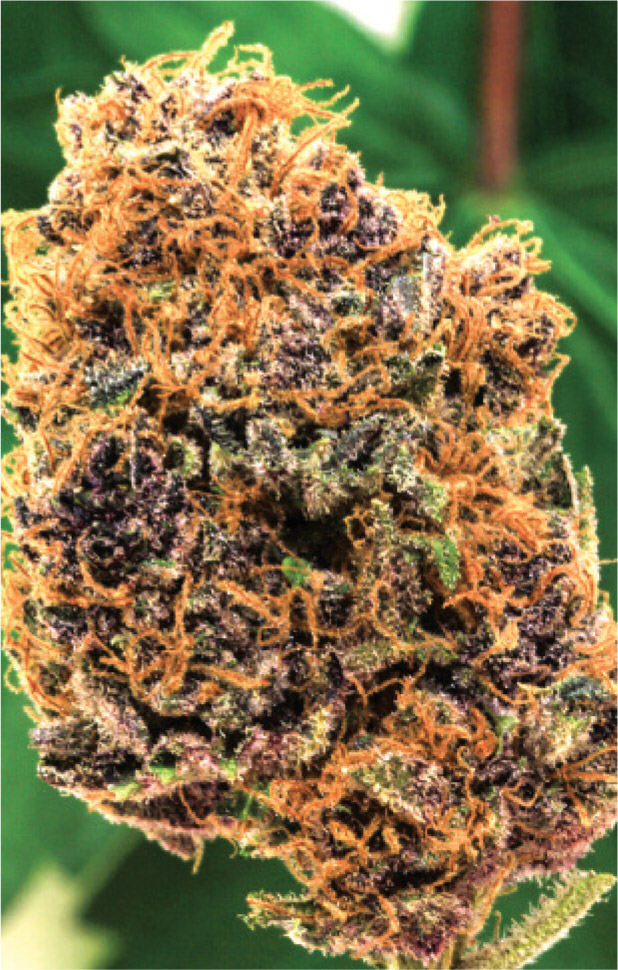
Nug of Purple Plum.
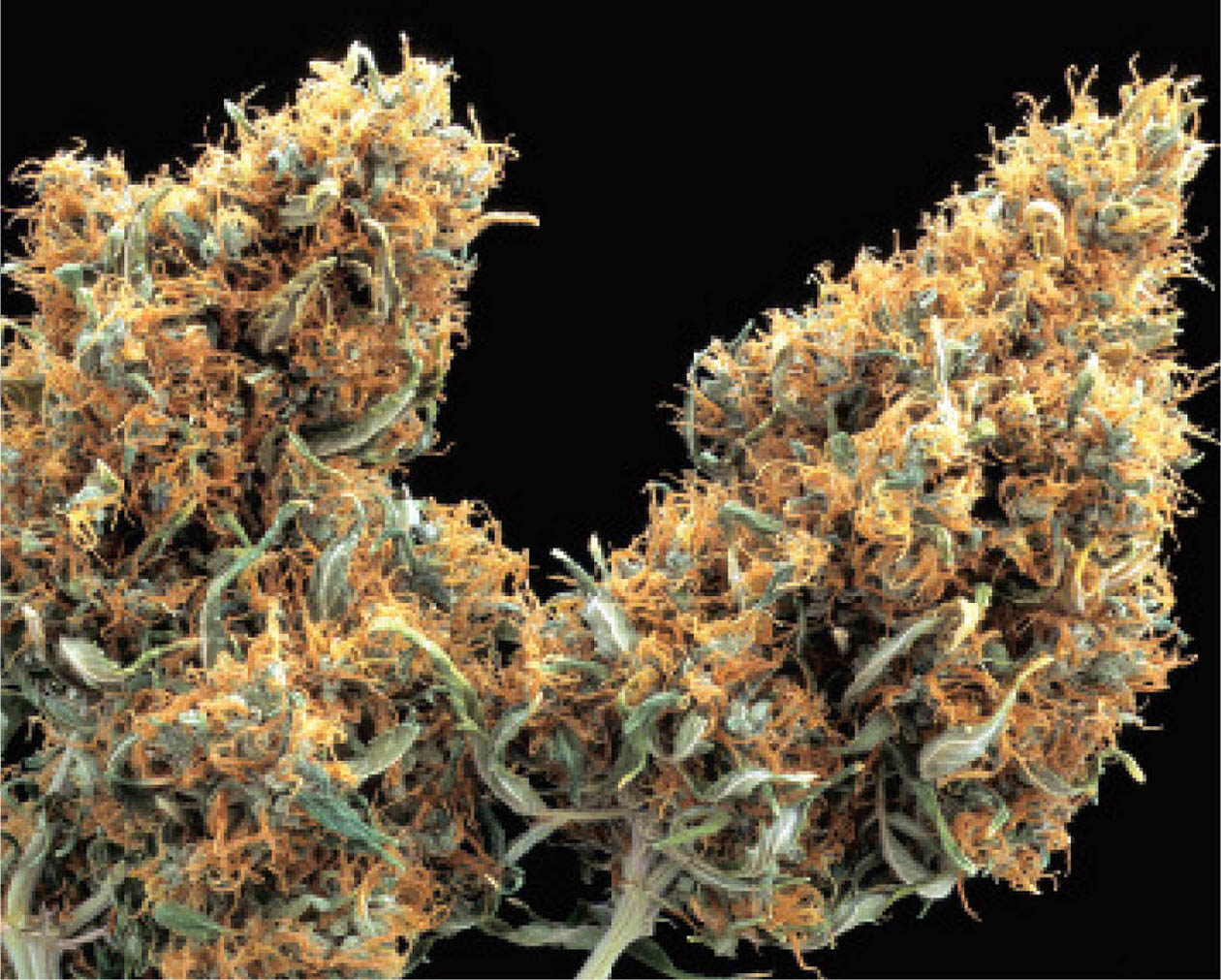
This cultivar is called California Red Head, circa 1996.
Photos: Mel Frank

Dried bud of Haze.
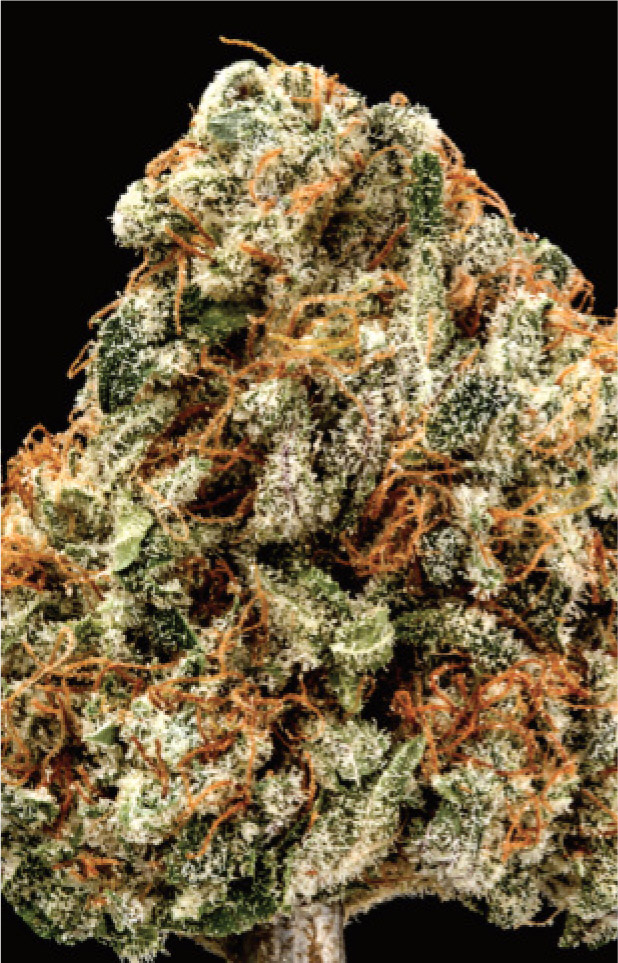
Orange pistils visible on a bud of Blackberry.
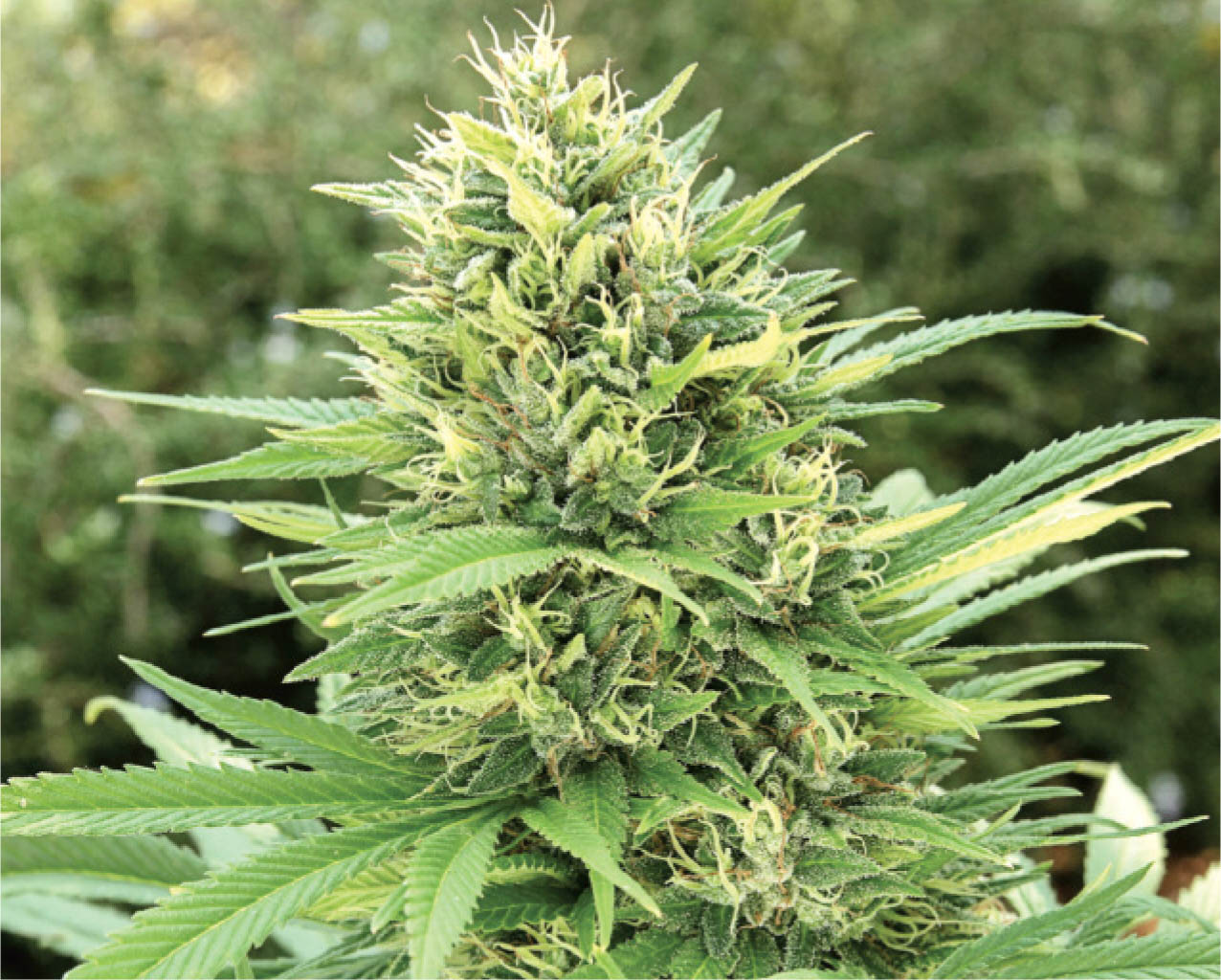
Maui #4 flowering and healthy.

Lovely flower on a Pink Bud Afghani plant (Afghani × African), circa 1982.
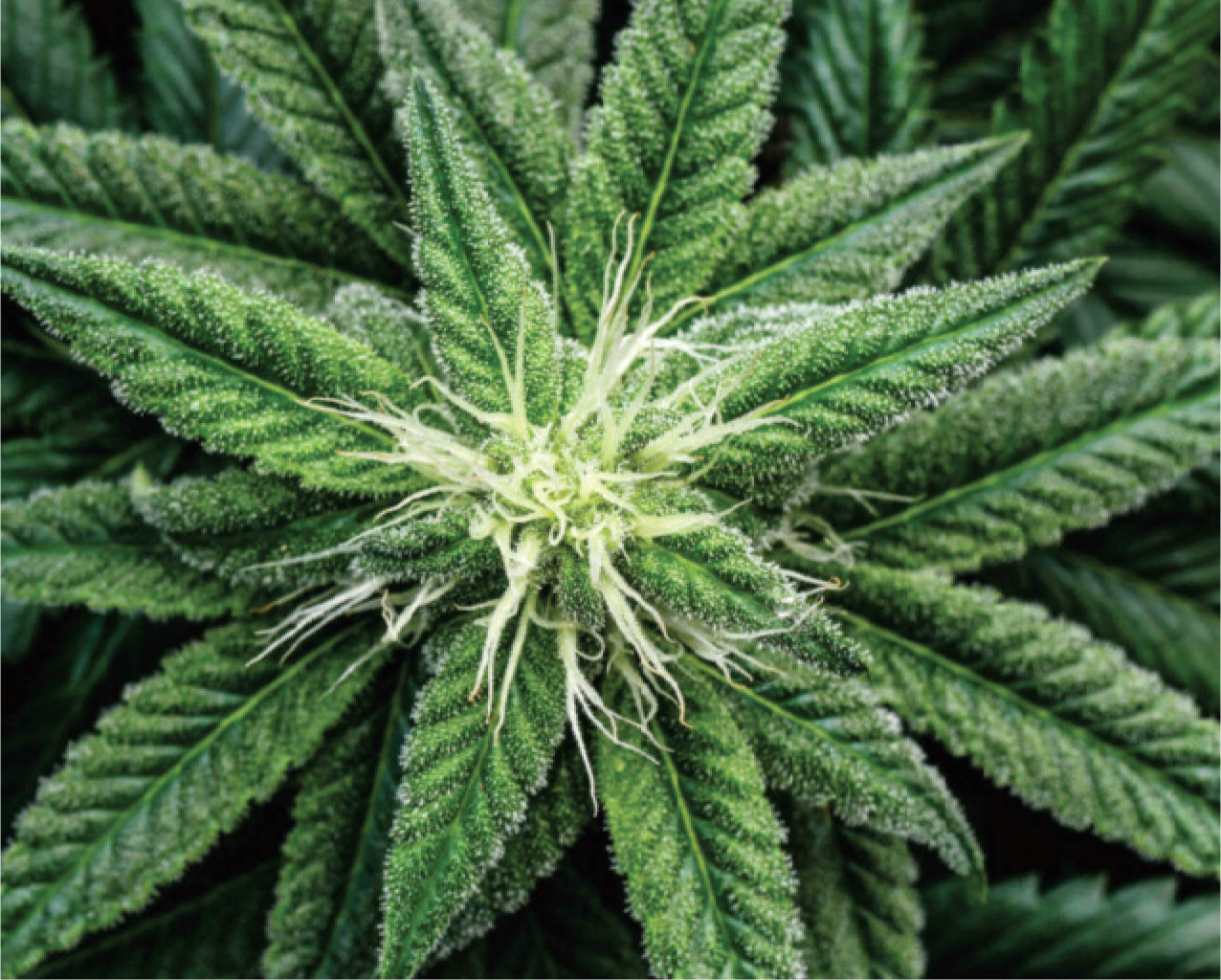
Flower from a Garlic (Old Timer) cultivar growing under an LED light.
Photos: Mel Frank

Frosty trichomes visible on this Ghost cultivar.
Landrace Genetics
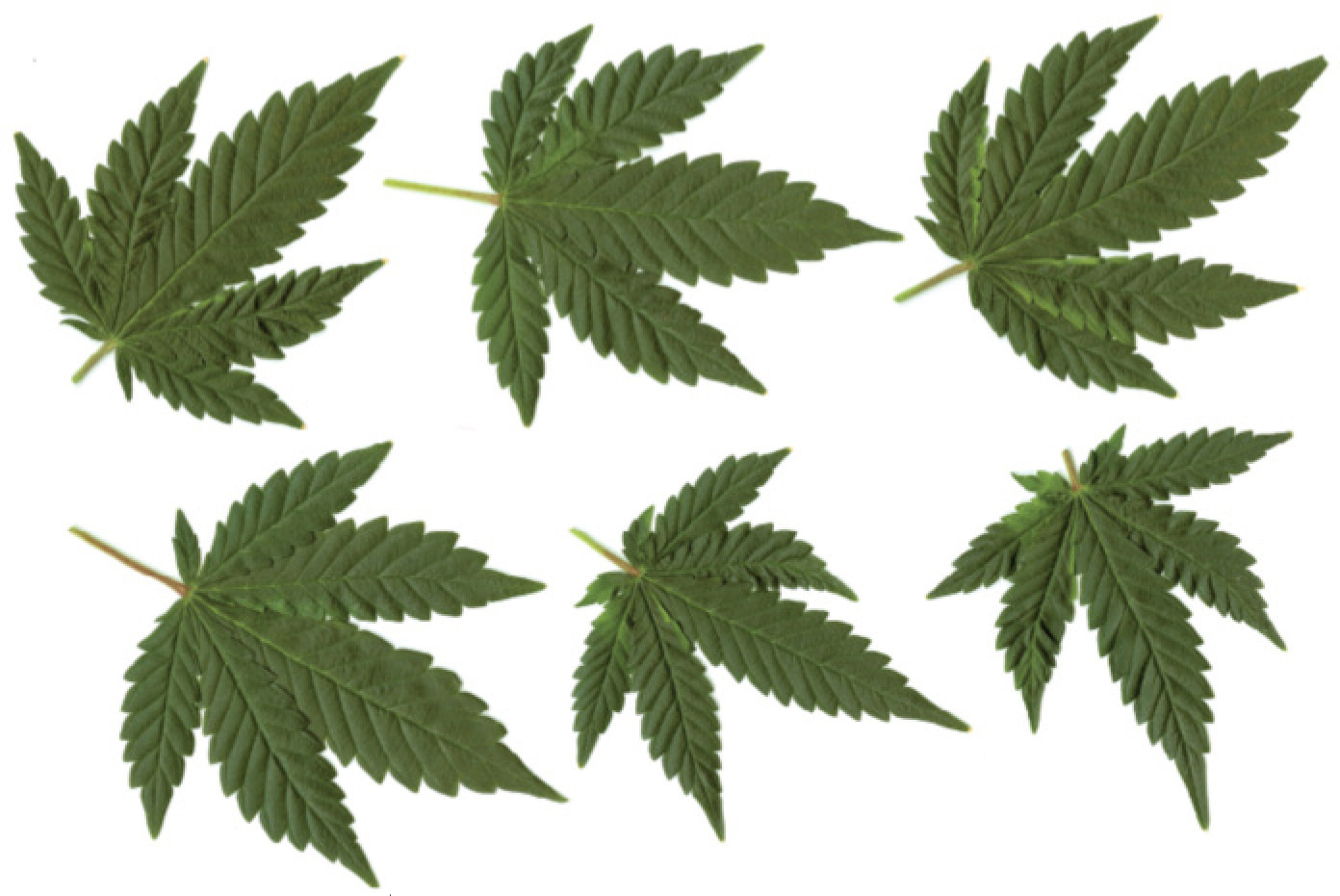
Leaves from landrace Afghani plant known locally as “Afghani Mountain Black.”
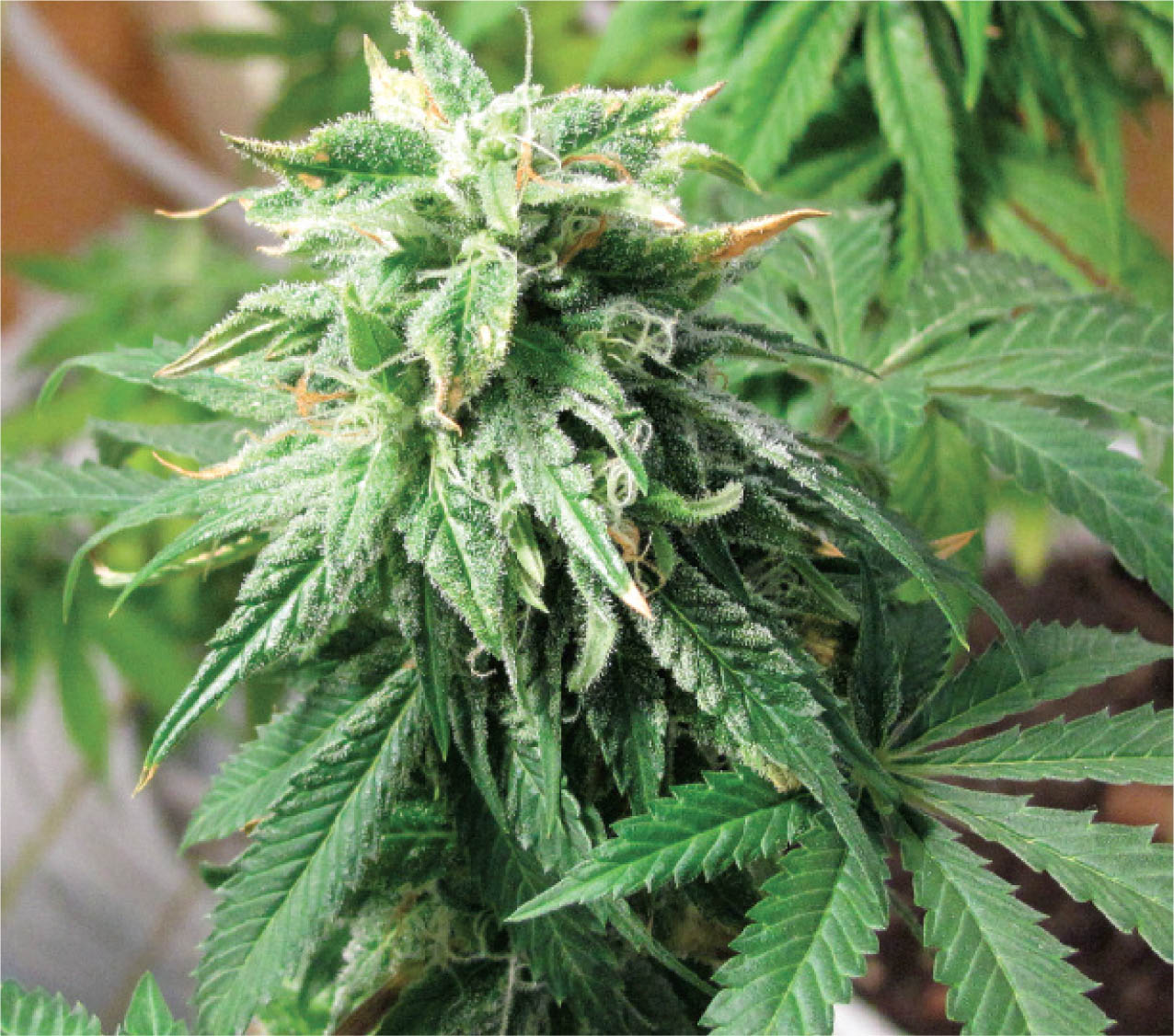
Landrace Afghani from Kandahar in flower.

Landrace Afghani Mountain Black plant in flower.
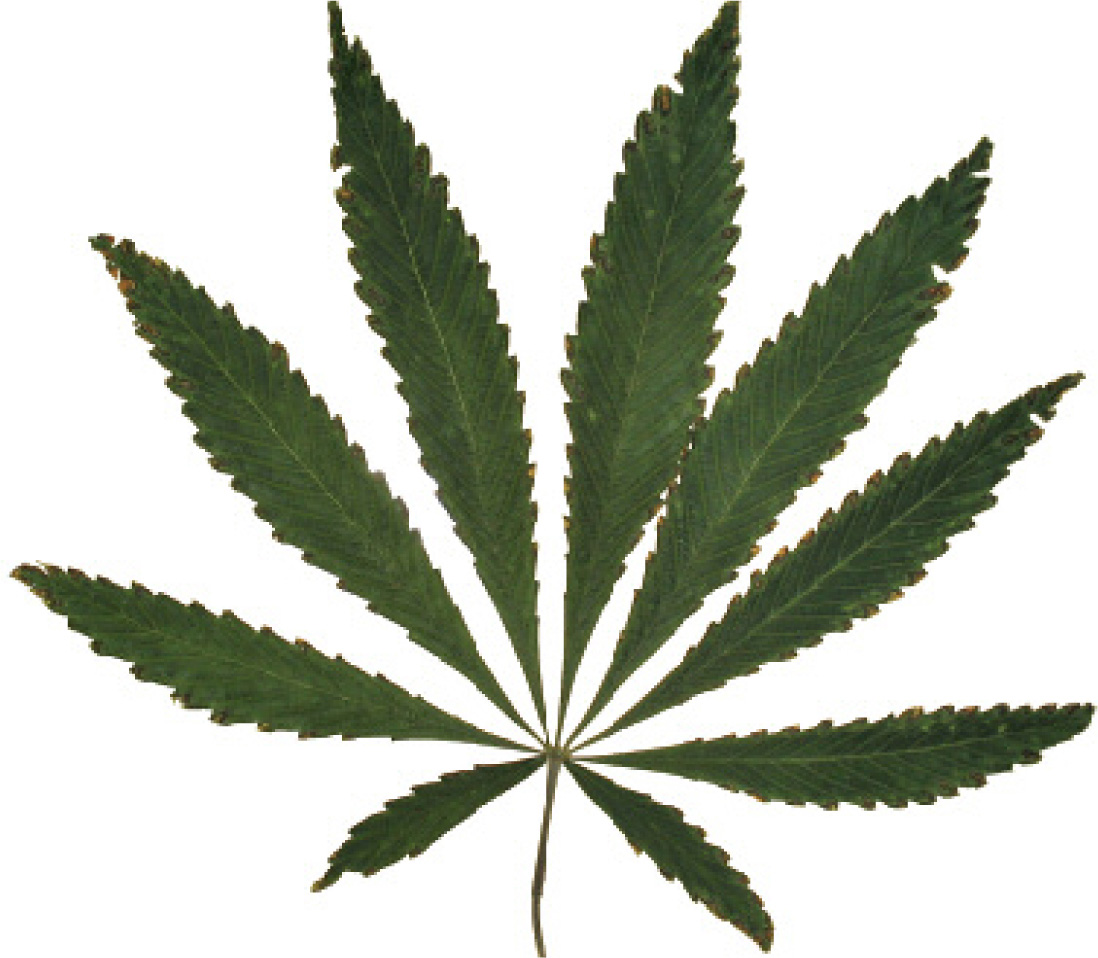
Leaf from a landrace plant from Himachal Pradesh.
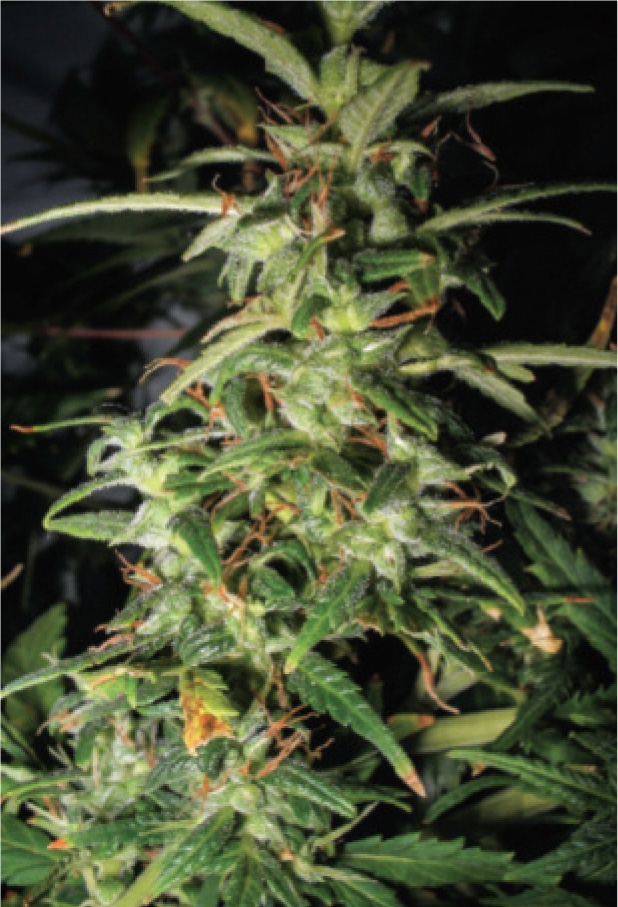
Landrace plant from Himachal Pradesh in flower.
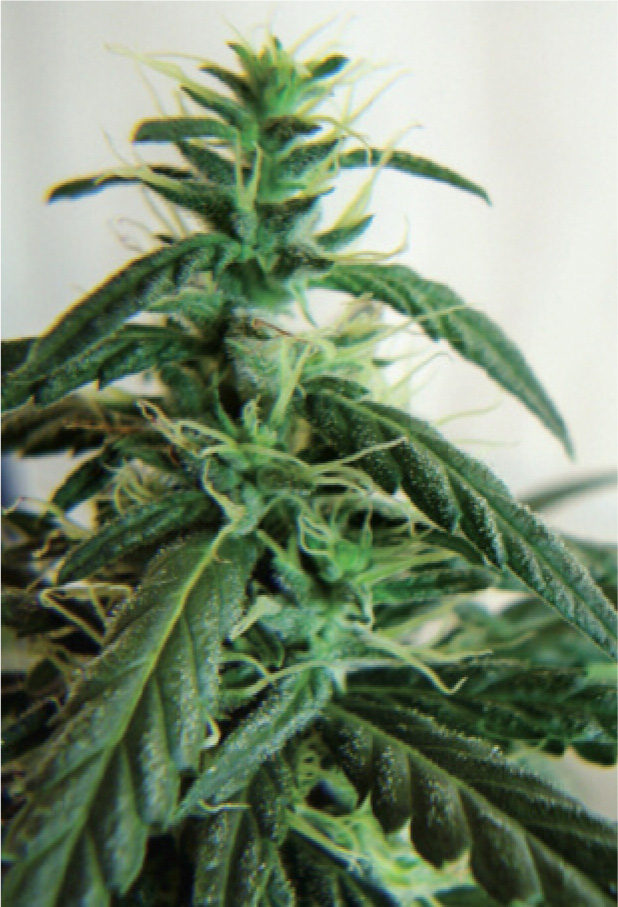
Landrace Thai in flower.
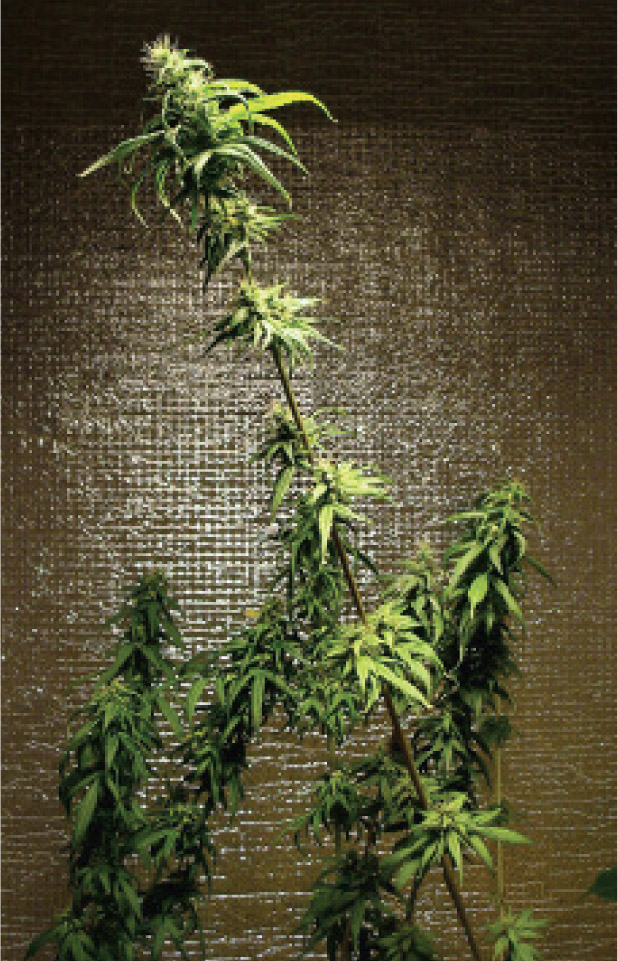
Landrace plant from Mazar-i-Sharif.
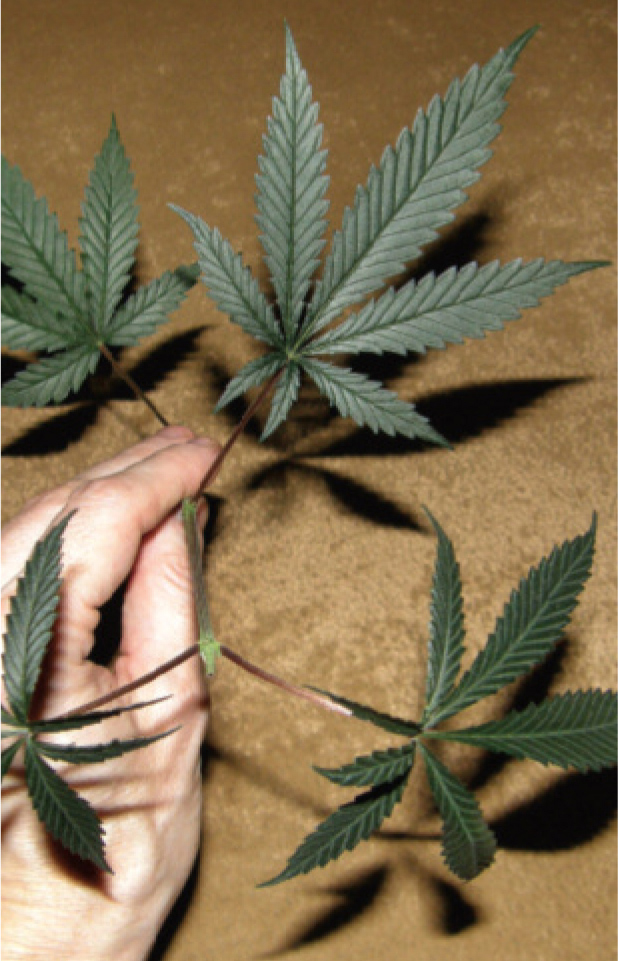
Leaves from a landrace plant from Russia.
Cannabis Indica / Sativa Hybrids
Cannabis indica / sativa hybrids are bred from the best of both worlds; ideally, the best parts of indica and sativa parents. Many of the best cultivars available from seed breeders today are indica / sativa hybrids. There are dozens of seed companies offering the world’s best cultivars and phenotypes that are bred for high yield, high resin production, and high THC, cannabinol (CBN), and cannabidiol (CBD) content.
Research and isolate the exact cultivars for your specific requirements and desires. Good quality seeds are available through many online merchants, some reputable, some not. It is recommended that you purchase direct from the breeder the cultivars you desire.
Beware! It is illegal to import and cultivate cannabis seeds, or plants, for that matter. The American government aggressively continues to pursue its crusade against international seed merchants that distribute seeds in the U.S.A. and the rest of the world. Only accept or purchase clones from a trusted, qualified professional or a reputable grower / cannabis club. Do not buy seeds from disreputable online sources or places such as eBay!
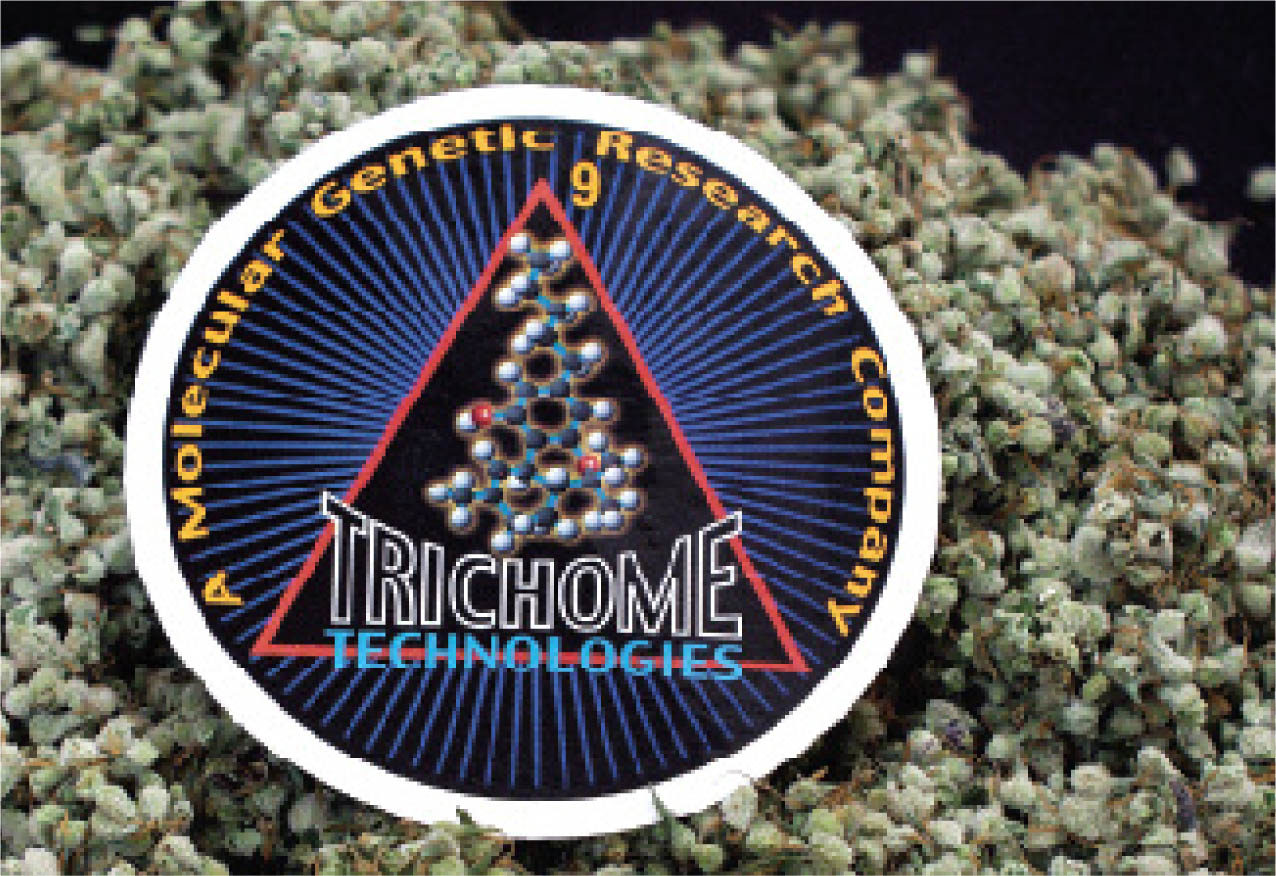
Company logo on a bed of ripe bracts.
Photo: Samson Daniels
Australian Sativas
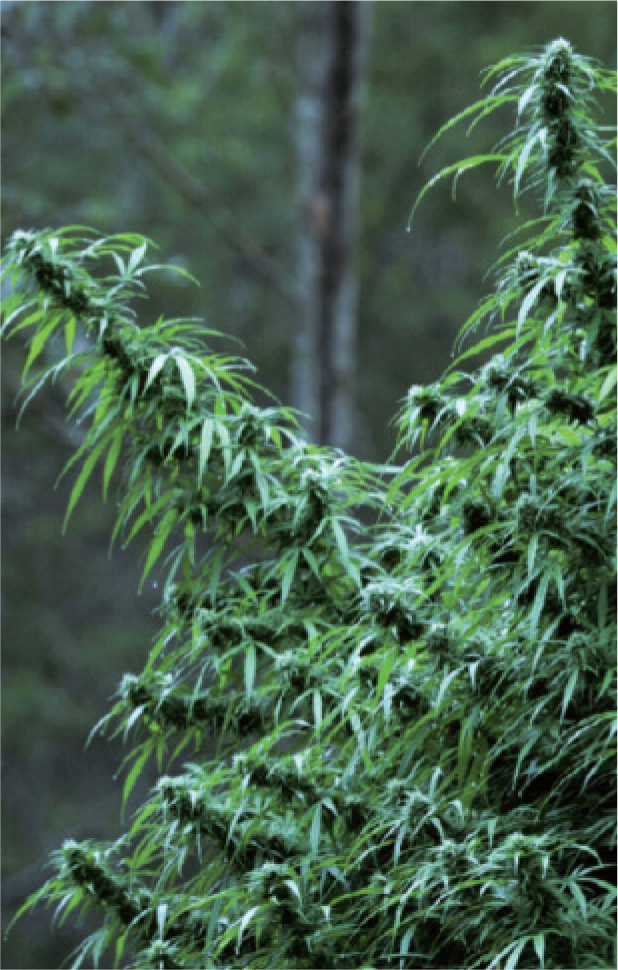
Australian sativa at dusk.
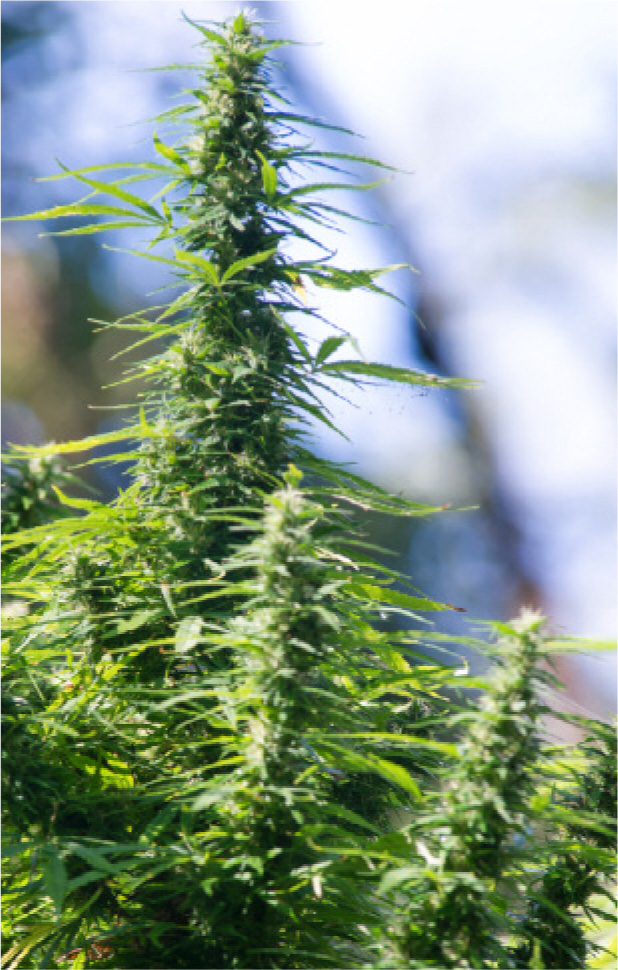
Pure sativa in Aussie sunshine.
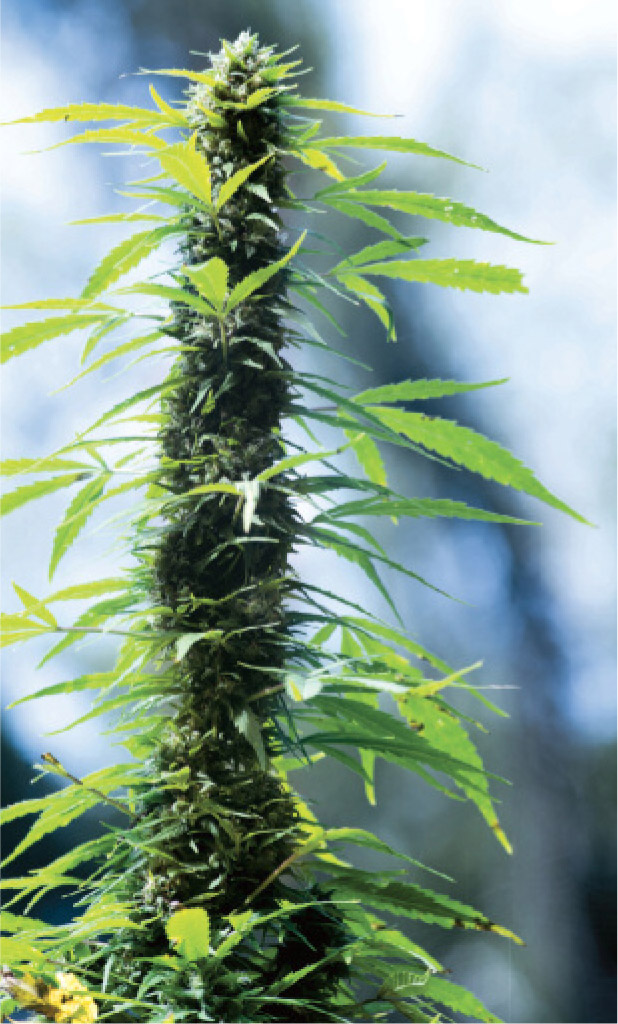
Large cola on an outdoor plant.
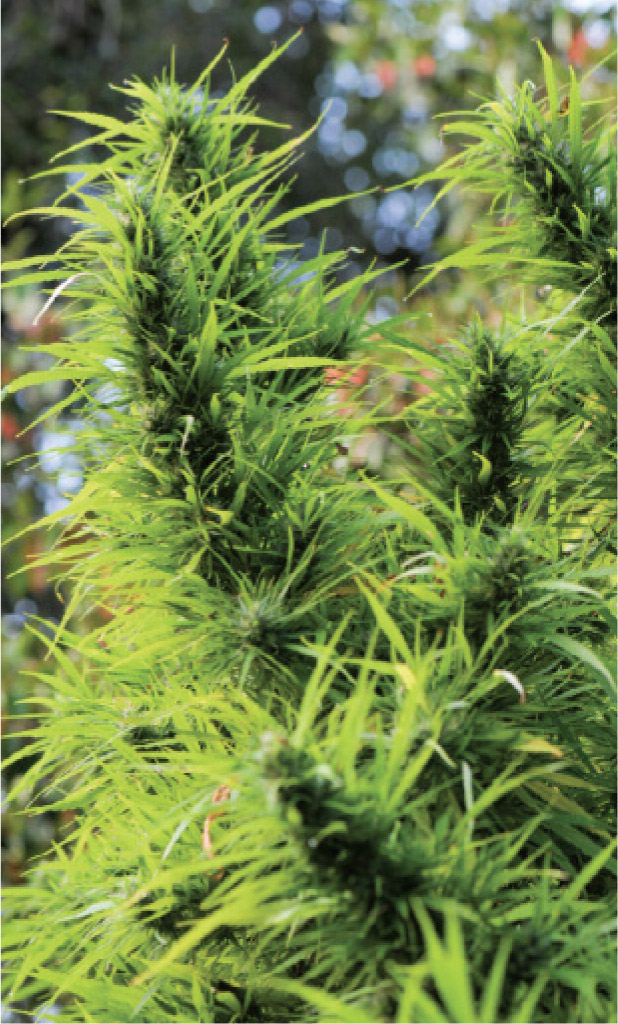
Thin leaves and big colas.
Photo: Kangativa
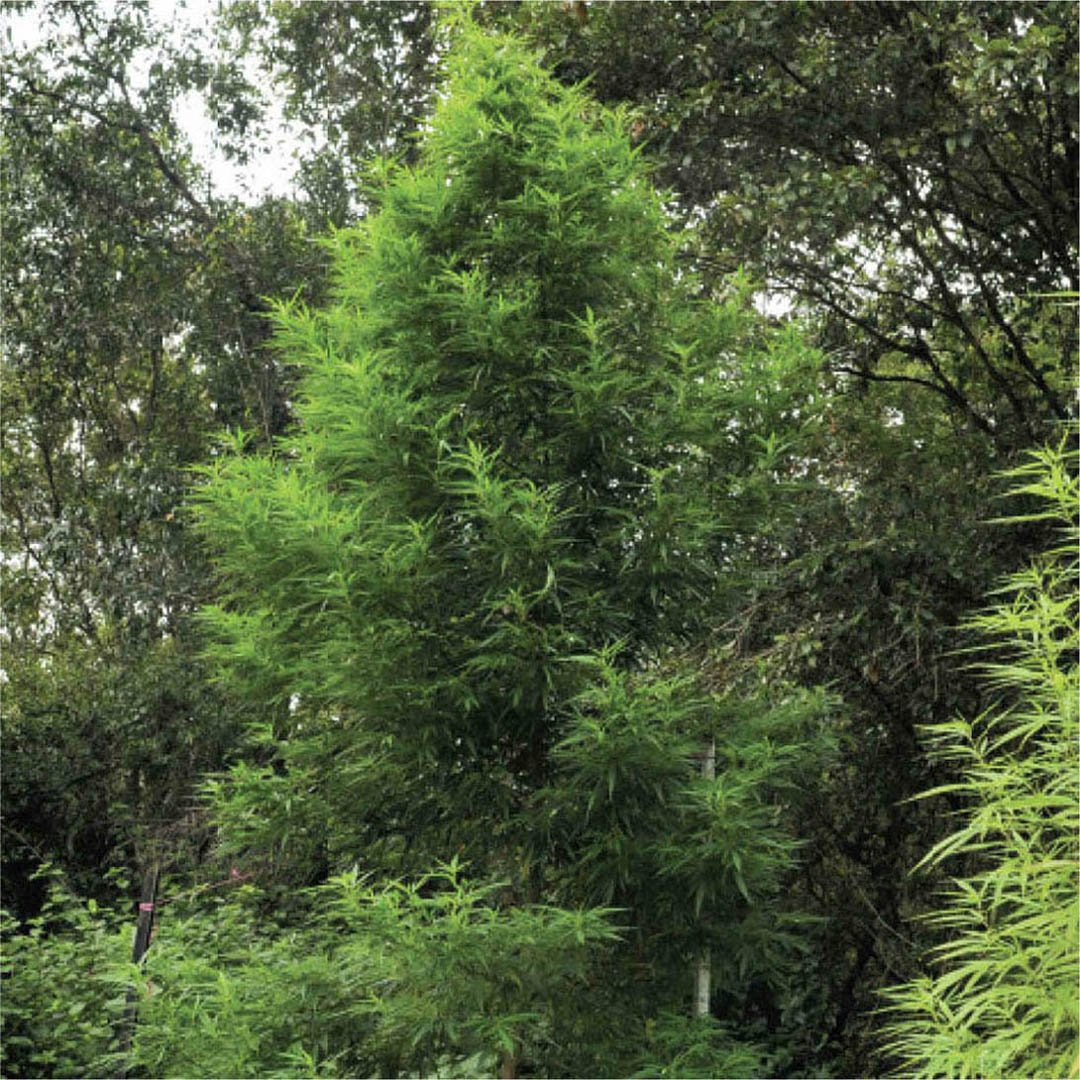
This cultivar is a Hmong Thai sativa cultivar grown in Oz to over 15 feet in height.
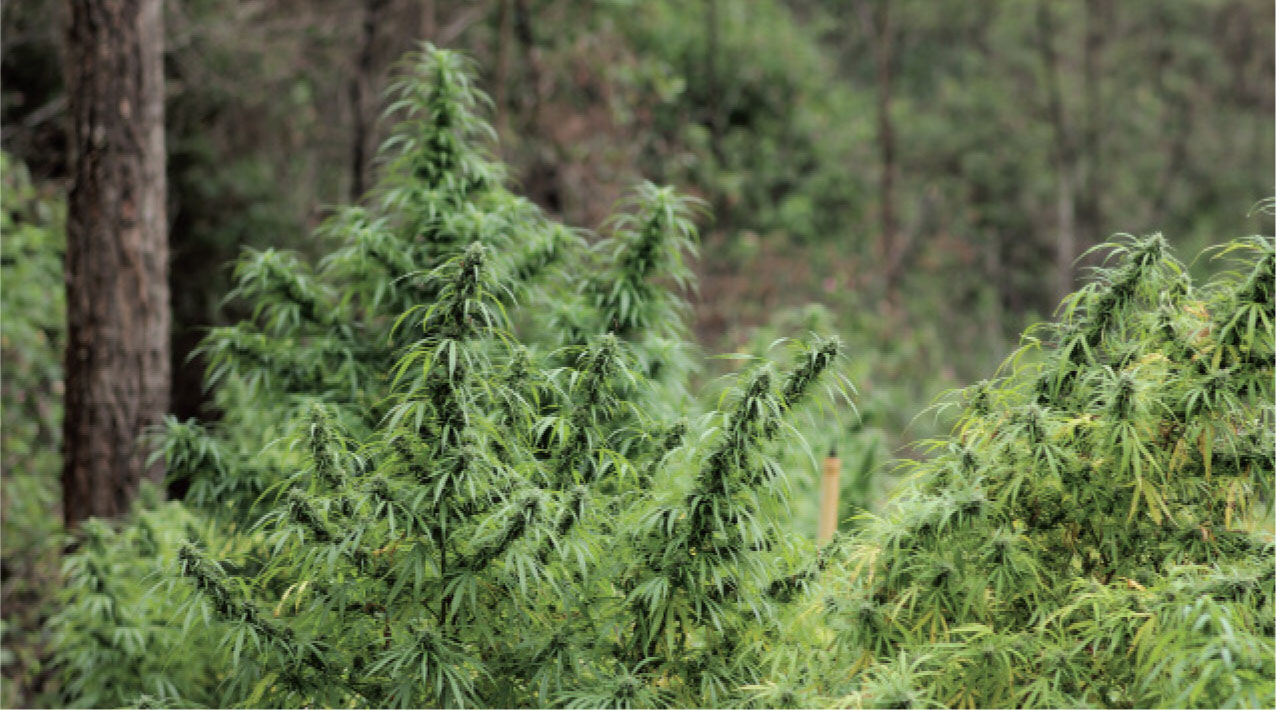
Healthy outdoor plants grown under the sun.

Flower on a landrace Pakistani plant.
Photo: Mel Frank

A selection from K’s enormous seed collection.
Photo: Samson Daniels
Store seeds in a cool, dark place to ensure future viability. Keep the humidity as low as possible; refrigeration or freezing is not recommended. Seal the seeds in an airtight container with a packet of silica gel and store someplace like a dry basement or the bottom of your closet. They can be kept for five to ten years if properly stored, although the longer they are retained, the less viable they become.
Clones are perfect for accelerating the production process given that they are clean (insect, mold, and mildew free), guaranteed female, and of known origin and genetic background. Install new clones in the vegetative chamber for 14–21 days and re-clone from the originals. This will dramatically increase your numbers and advance your growth cycle rotation. This saves you the time and the process of starting from seeds.
Some landrace cultivars and current genetics are only available as clones. Clones are perfect when installed in outdoor gardens—by cloning in late winter or early spring, your plants have a long growing time and a head start on spring and summer.